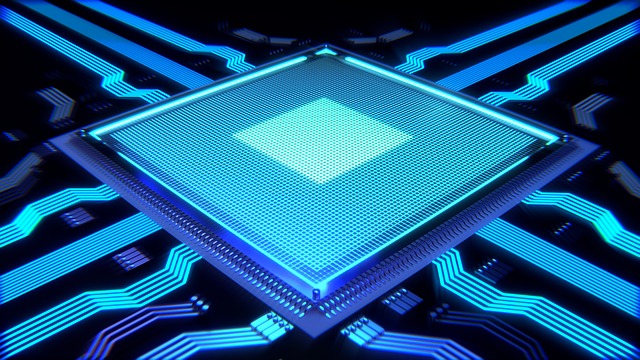
A significant progress has been made towards the “holy grail” of computing as scientists develop a microchip that uses light to mimic the way the human brain works in storing and processing information. The groundbreaking development was made by scientists from different universities.
Scientists from Oxford, Münster and Exeter Universities unveiled their development in creating a photonic integrated circuit that acts like a synapse. The researchers combined phase-change materials normally found in household things like re-writable optical discs with tailor-made integrated photonic circuits to create an iso-biological synaptic response. According to their published paper in Science Advances, this microchip can possibly surpass the speed and parallel processing capabilities of the human brain. The research team is optimistic that the research could pave the way for a new age of computing. The concept isn’t exactly new but it is the first time it has been put into action.
Professor Harish Bhaskaran from Oxford University said, “The development of computers that work more like the human brain has been a holy grail of scientists for decades. Via a network of neurons and synapses, the brain can process and store vast amounts of information simultaneously, using only a few tens of Watts of power. Conventional computers can’t come close to this sort of performance.”
The photonic integrated circuit that acts like a synapse can operate at the speed significantly faster than that of the human brain. According to the researchers, the speed could be a thousand times faster. Instead of using electricity, the microchip utilizes light to imitate how the brain works. The breakthrough could induce the development of a supercomputer that is capable of simultaneously storing immeasurable amounts of information while using power of minimum amount.
Professor C. David Wright from the University of Exeter stated, “Electronic computers are relatively slow, and the faster we make them the more power they consume. Conventional computers are also pretty ‘dumb’, with none of the in-built learning and parallel processing capabilities of the human brain. We tackle both of these issues here – not only by developing not only new brain-like computer architectures but also by working in the optical domain to leverage the huge speed and power advantages of the upcoming silicon photonics revolution.”
Professor Wolfram Pernice from the University of Münster further explained, “Since synapses outnumber neurons in the brain by around 10,000 to 1, any brain-like computer needs to be able to replicate some form of synaptic mimic. That is what we have done here.”
With the unstoppable emergence of technological breakthroughs, there is no doubt that in a few years’ time, we can have the best technology in the palm of our hands. Machines will finally be able to think, work and function just like humans.

Leave a Reply